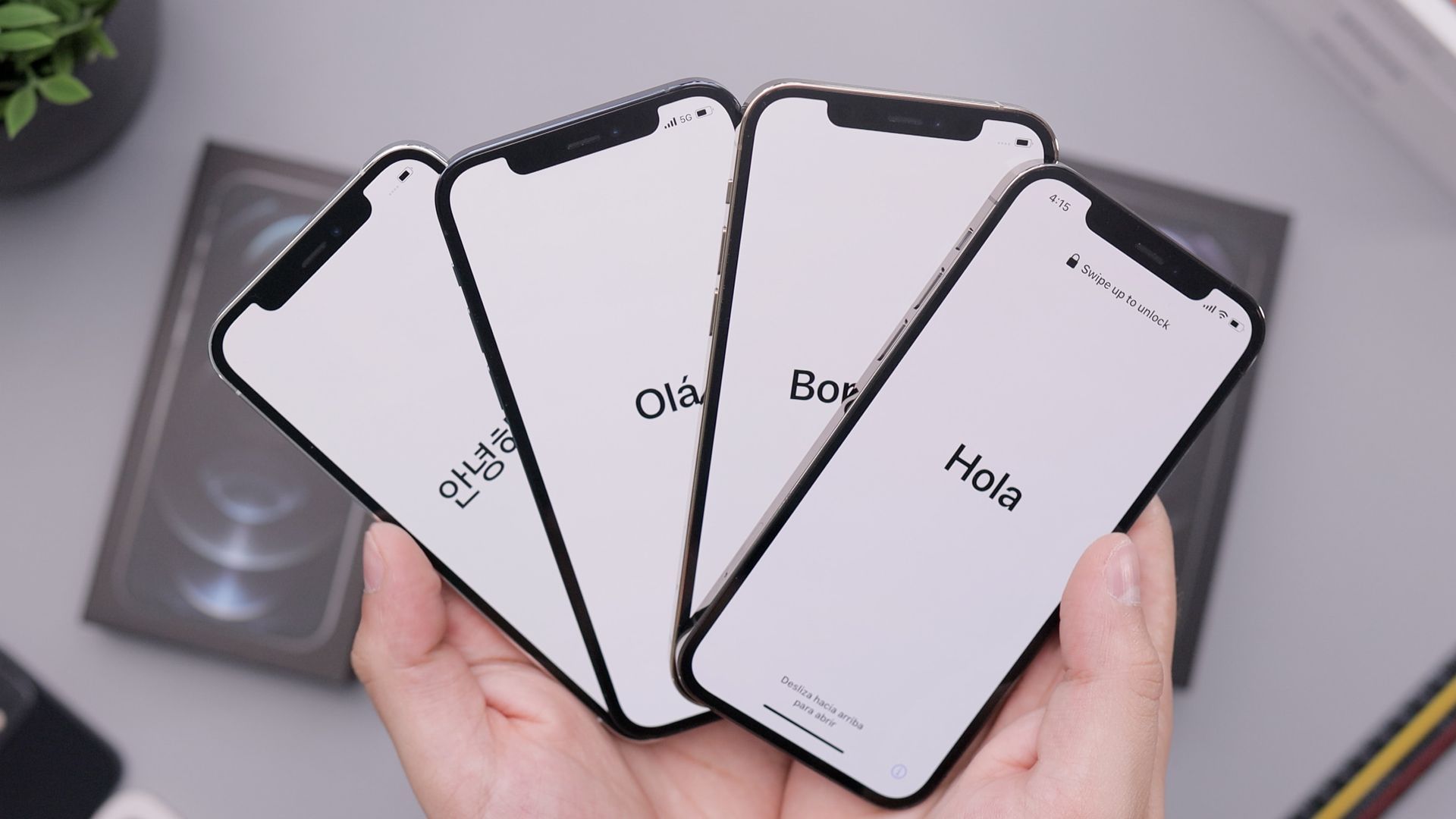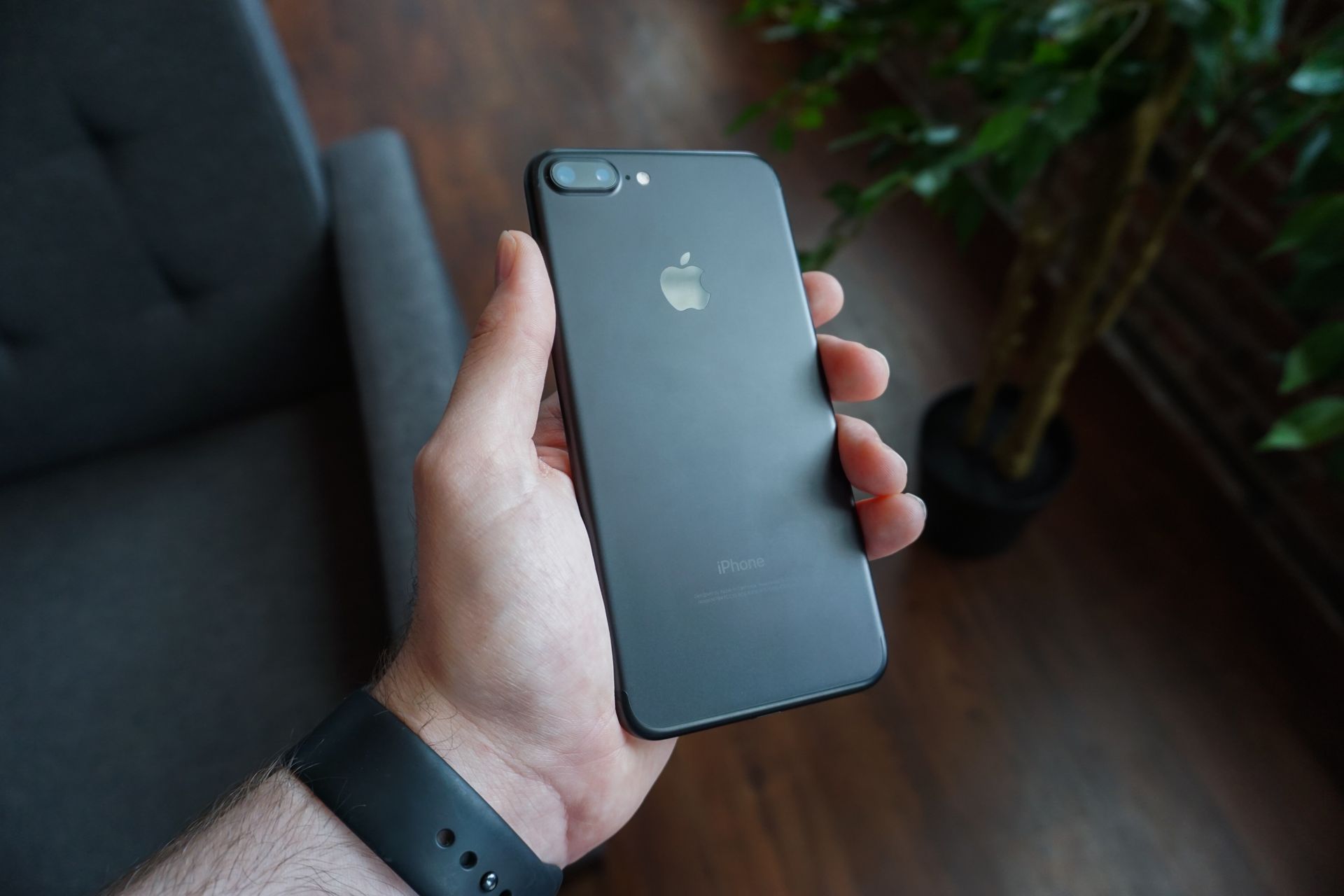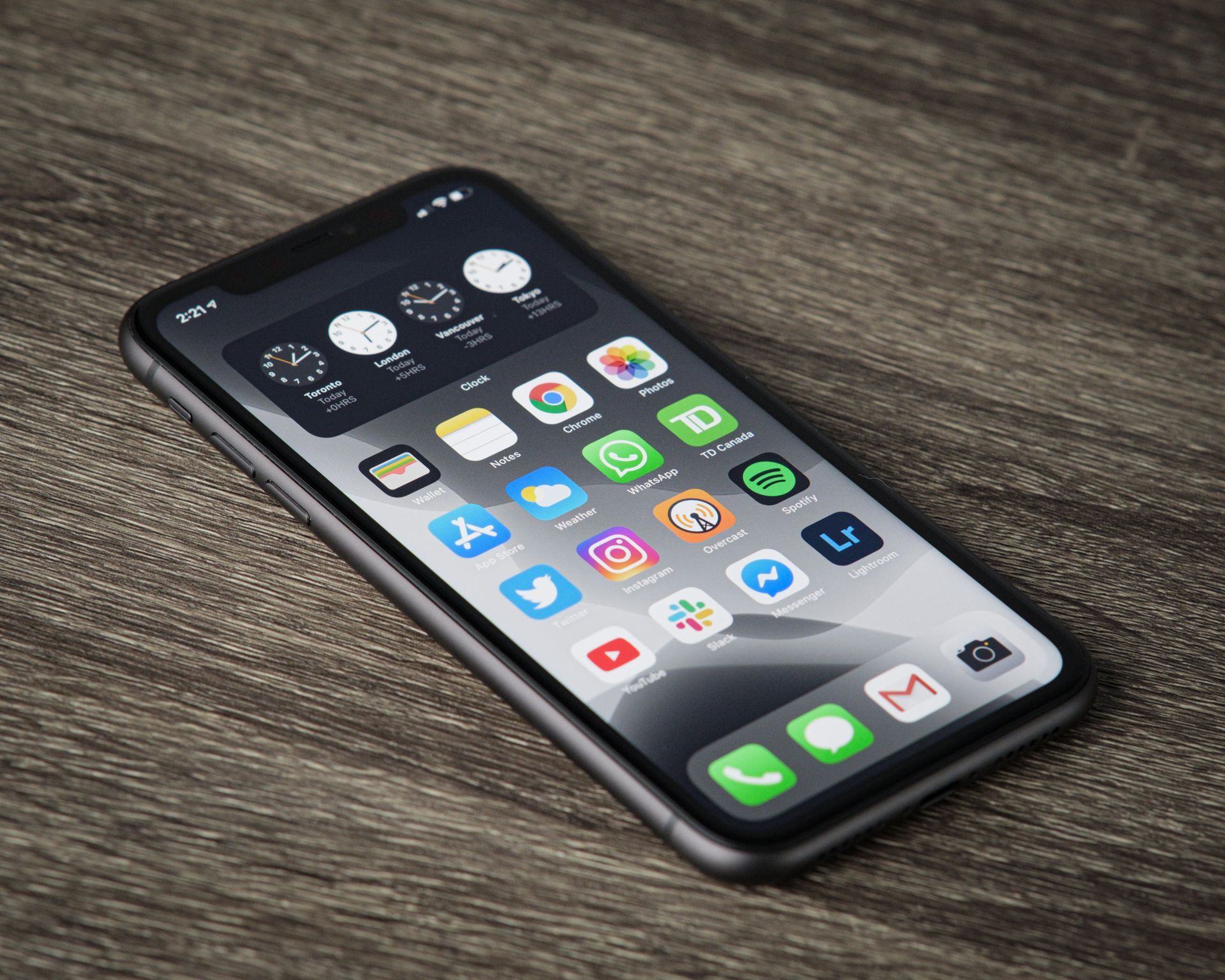The Screen Time bug in Apple’s parental controls has been exposed by The Wall Street Journal, enabling children to bypass the set time limits on their iPhones The Wall Street Journal has discovered that a flaw in Apple’s Screen Time parental controls makes it possible for children to circumvent the daily time limits that their parents have set on their iPhone devices.
This means that these children can spend a greater proportion of their waking hours on activities such as playing video games and interacting on social media than their parents consider to be appropriate.
The issue is that when parents try to limit their children’s screen time, Screen Time does not take into account the new parameters that are being established.

Apple acknowledges the Screen Time bug
A spokesperson for Apple publicly acknowledged the issue, saying, “We are aware that certain users may be experiencing an issue where Screen Time settings are suddenly reset. We have been and will continue to make changes to the situation since we take these allegations extremely seriously.
Screen Time, which can be found in an iPhone’s Settings menu, tracks how much time a user spends using their device each day and will notify them once a week as to whether their usage has increased or decreased.
When iOS 12 was released in 2018, the function was implemented at a time when people were more worried about smartphone addiction. A parent may restrict what his children can view on their iPhone devices after setting up Screen Time for the family, as well as who they can contact, FaceTime, or message. The parent may also decide which applications and how many hours each day their child is allowed to use them.
Parents who utilize the Downtime feature in the Screen Time bug to arrange a plan for their kids may find that it has returned to an earlier schedule or that there are no limits stated at all as a result of the aforementioned flaw. Parents shouldn’t anticipate hearing about this issue from their children because the average mobile-savvy youngster can readily recognize when they are getting more time to use their device and doesn’t want the limitation to return.

Try this apparently Apple-recommended solution
When their children stopped asking for more use time, several parents realized that something was wrong. When Downtime was launched, users realized that the time constraints they had specified were not displayed. The Apple Community website has more than 2,300 entries regarding this problem, according to the Journal. The author of one article alleges to have spoken with Apple and been provided the following workaround:
- Disable screen time on the child’s device, which has to be prevented during downtime.
- Verify that all images have been synchronized to iCloud or they will be lost (go to the bottom of the photos app to see if any are waiting). Sign out of iCloud on any devices that may either accept screen time requests or have screen time restrictions (kid and parents).
- Reset the same devices (do not delete material; simply go to Settings > General > Transfer or Reset iPhone > Reset > Reset All Settings to reset all settings).
- Re-login to iCloud on each device.
- Reactivate screen time and establish limitations during downtime.

The good news is that Apple is aware of the issue, which is a major one for many parents who worry that their children may get addicted to their mobile displays, in case this doesn’t work or you want to wait for an update from Apple. And the problem with screen time is not a new one. A parent using the moniker Drmorin posted on the Apple Community website in December that the issue had started in October of last year.
“This problem started about two months ago,” the notification says. On every device, I’ve upgraded to iOS. I have disabled screen time and reset the settings. I’ve tried adjusting the restrictions on both my smartphone and the various devices. Without any restrictions, my kids will use their phones far too much, which frequently makes my wife angry. I need assistance, please.
And given that Apple has been open about the problem, we may soon witness its eradication.
Did you hear anything about ‘Apple GPT‘?
Featured image credit: Unsplash.





